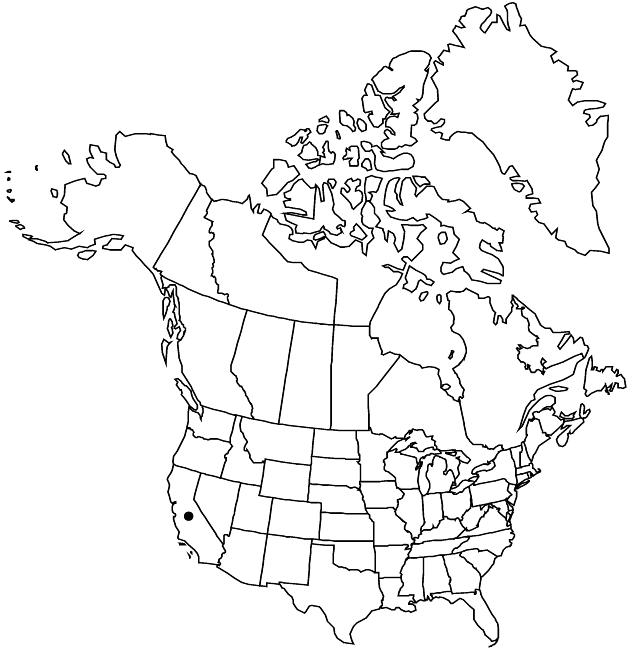Plants 6–35 cm (self-incompatible); glandular, not strongly scented. Stems purple-streaked or not. Leaf blades oblanceolate or lanceolate to linear, 4–70 mm, margins (basal leaves) toothed to pinnatifid. Involucres ± ellipsoid to campanulate, 5–12 × 3–12+ mm. Phyllaries 5–9, apices usually shorter than folded bases. Paleae in 1 series between ray and disc florets. Ray florets 5–9; laminae yellow, 4–15 mm. Disc florets 10–65+, corollas 5–8 mm; anthers yellow to brownish. Ray cypselae glabrous or sparsely hairy. Disc pappi of 16–22 white, ± equal bristles or setiform scales 4–7 mm, each proximally plumose and adaxially woolly. 2n = 16.
Phenology: Flowering Apr–Jun.
Habitat: Grasslands, openings in chaparral, woodlands, on serpentine or sandy soils
Elevation: 100–900 m
Discussion
Of conservation concern.
Layia septentrionalis occurs in the central and southern Inner North Coast Ranges and the Sutter Buttes (southern Sacramento Valley).
Selected References
None.
